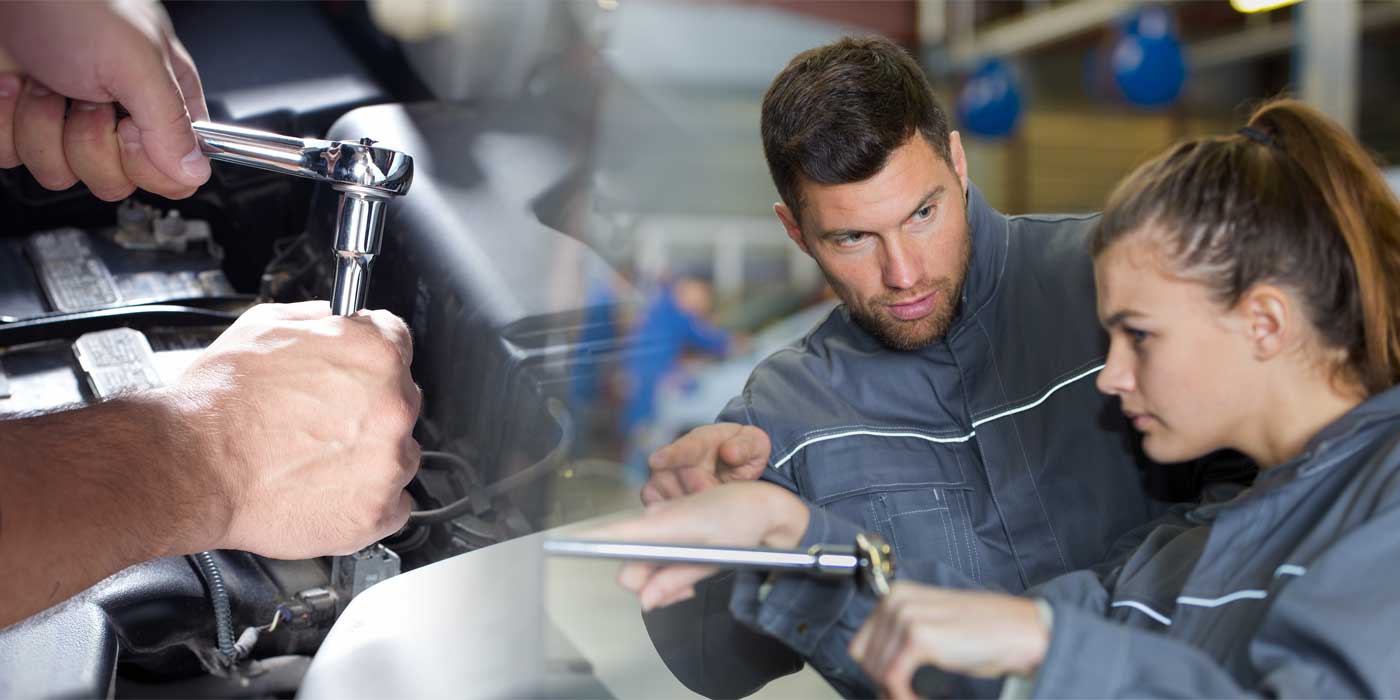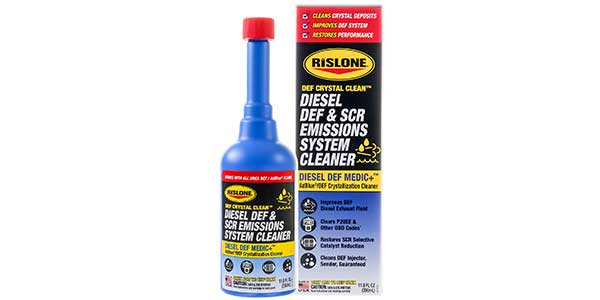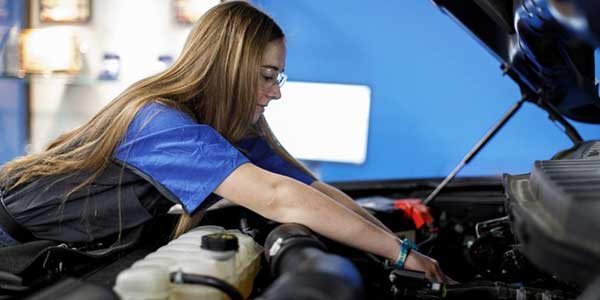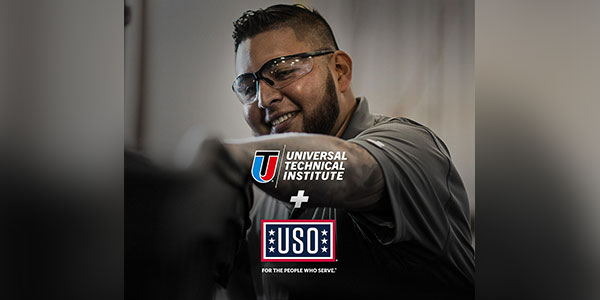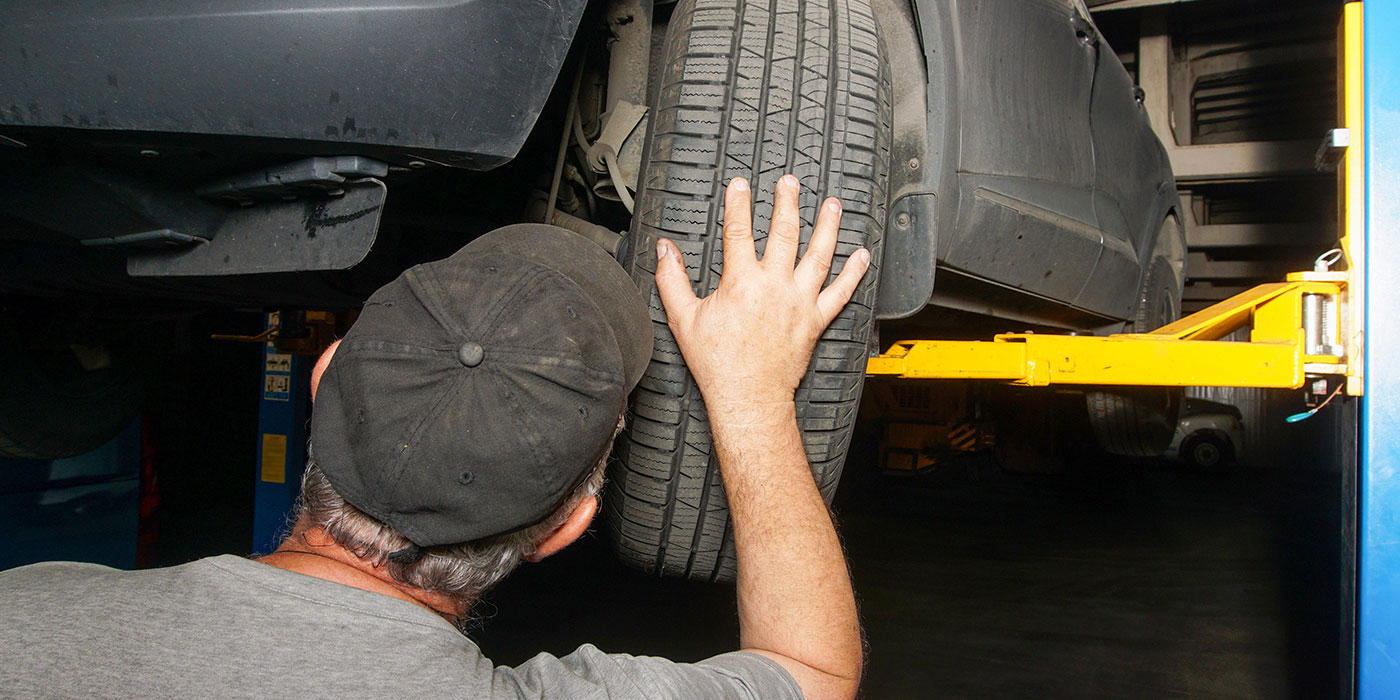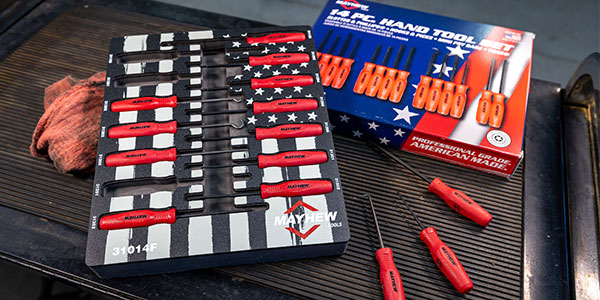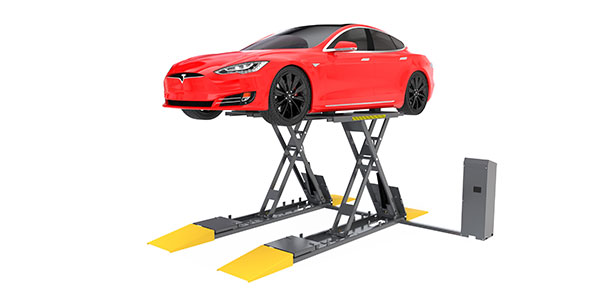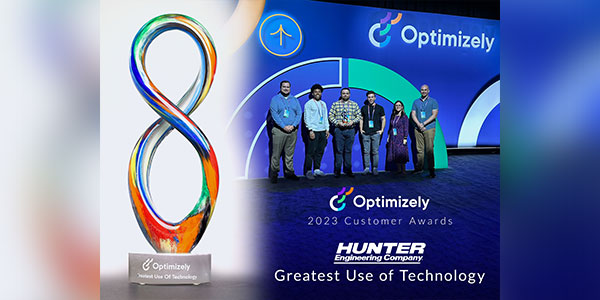These days, many dealership parts and service departments are hard-pressed to find technicians. Retailers are searching for candidates who are qualified to use advanced technologies to service and repair today’s vehicles, and who see the job as a viable long-term career.
Trouble Meeting Career and Cultural Expectations
A recent survey from Carlisle & Company asked more than 22,000 technicians for feedback about their careers. Approximately 65 percent of technicians said they are “strongly against” recommending the position to someone else. The biggest concern noted was the pay structure. This opinion shouldn’t come as a big surprise. According to the 2016 Dealership Workforce Study released by the National Automobile Dealers Association (NADA), the average pay for service technicians is roughly $58,730. Meanwhile, the average compensation for a service adviser is $64,635, and a parts manager earns more than $93,270 annually on average. Greater still, the service manager earns nearly double the salary of a technician, with an average yearly income of $113,622.
Outside of monetary issues, research from Carlisle & Company found that technicians aren’t particularly happy with the work/life balance associated with the role. While Sundays are still regularly the day off in most dealership service departments, flexible schedules aren’t the norm. At the same time, it’s about time that technicians are given due recognition when their contributions have a positive impact on the dealership’s bottom line.
With Millennials looking for greater liberty with their workweek — and making up the greatest portion of the workforce — it’s increasingly important that dealerships make it a priority to develop pay structures and operational standards that entice a new generation of technicians and show them it’s a promising career.
Changing Perceptions
Mark Smith has become something of a torchbearer for service technicians. In an article for Automotive News, he proclaimed his mission is to move up the status of technicians in the automotive industry, and “put the back shop front and center.”
So far, he’s invested directly in his BMW and Volvo dealerships, in San Antonio Texas and Memphis Tennessee, respectively. Technicians are provided with state-of-the-art equipment for the shop floor, spruced up locker rooms and a new approach to parts management that improves efficiency. In short, Smith follows a simple philosophy: Happy Employees, Happy Customers. If the technicians have access to the tools and parts they need to get the job done right and quickly, the dealership ultimately wins. At the same time, technicians work in close contact with service advisers to ensure they can effectively communicate, which leads to better outcomes for customer satisfaction.
Meanwhile, dealerships can put a greater emphasis on the fact that technician jobs are part of a high-growth, high-tech career path. Citing data from the U.S. Bureau of Labor Statistics, an article for the National Institute for Automotive Service Excellence indicated the automotive repair and maintenance industry is expected to grow at 30 percent through 2020 — adding 237,500 new positions. From computer diagnostics to alternative fuel vehicle maintenance and connected vehicles, the growth of advanced systems in today’s and tomorrow’s vehicles doesn’t show any signs of slowing down.
Investing in the Future
Dealerships are also on the hook for developing programs that not only attract but develop the future of technicians in the automotive industry. In addition to providing technicians with the technology and operational framework to do their jobs well, dealerships need to invest in creating a talent pipeline.
One way some dealerships are doing so is through apprenticeship programs. The advantages for dealerships are twofold: First, the business doesn’t have to invest as much in recruiting talent externally. Second, service standards improve, which potentially increases your bottom line.
Mac Haik Automotive Group is a good example of what an effective mentorship program can do for a dealership. An in-house technician-training program gives experienced technicians the opportunity to train the newest generation. There’s also a financial incentive to being a mentor, as well as compensation for the apprentice and a bonus for graduation.
A program like this obviously requires a capital investment to put the right processes in place, but it appears to be paying off. According to CEO Terry Shields, his training program costs $85,000 per month, yet the dealership has been able to generate $300,000 in new gross profit across 13 dealerships. The business was able to achieve this by having more productive technicians, shorter wait times and improved customer satisfaction ratings.
Going Full Throttle on Onboarding and Training
The shortage of technicians is a uniquely solvable problem. On one hand, it requires a new way to communicate with candidates about the career. It’s a high-tech role within a high-growth industry. On the other, dealerships need to invest in the systems that will set technicians up for long-term success and provide the technology, tools, parts, onboarding and training. It needs to be apparent for any new technician that there’s a clear career path and their employer is willing to invest time and money in their development.



